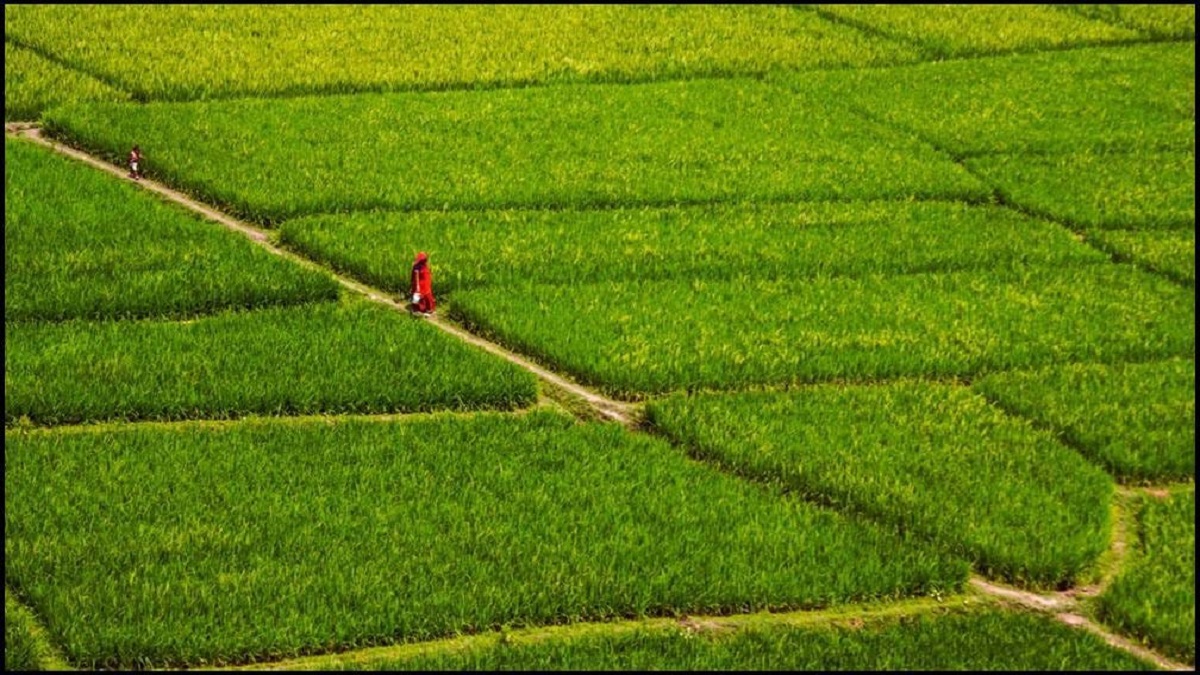Farmland shrinking nationwide, but some regions see revival
BY Insider Desk
July 23, 2025

Bangladesh is experiencing a steady decline in agricultural land due to urbanization, industrialization, and infrastructure development. However, new data from the Bangladesh Environmental Statistics 2024, released by the Bangladesh Bureau of Statistics (BBS), reveals a more complex picture, with some regions registering a notable expansion in land under cultivation.
Between 2015 and 2023, Bangladesh lost approximately 1,470 square kilometres of agricultural land—roughly 2 percent of the total—leaving the country with 72,915 square kilometres of farming land as of last year.
The loss has triggered calls for comprehensive policy interventions to safeguard agricultural areas, particularly to maintain food security amid growing reliance on rice production.
Yet, in contrast to this national trend, 16 districts recorded growth in agricultural land over the same period. The most striking changes occurred in the hilly southeastern districts, where fallow lands have been brought into cultivation.
In Khagrachhari, the farming area grew by 54 percent to 603 square kilometres, while Bandarban followed closely with a 53 percent increase to 588 square kilometres. Rangamati saw a 32 percent rise, reaching 521 square kilometres in 2023.
These shifts are primarily driven by local farmers transitioning away from traditional shifting cultivation, or jhum, to more intensive and commercial farming methods. One such example is Sarbottom Chakma, a resident of Khagrachhari, who transitioned from leaving most of his land uncultivated to growing mangoes, bananas, and taro over 25 acres. Similar changes have occurred among other farmers in the hill tracts, encouraged by the profitability of fruit orchards.
Md Abdul Muyeed, former director general of the Department of Agricultural Extension, attributes the increase in farming in the hill regions to the utilisation of approximately 700,000 hectares of previously fallow land. He noted that crops such as dragon fruit, pineapple, and papaya are now grown commercially.
Elsewhere in the country, new agricultural land has emerged in the char or sandbar areas of the northwestern districts, such as Gaibandha. Farmers there are using hosepipe irrigation systems and building small reservoirs to grow crops like pumpkins, thanks to better access to agricultural technology.
In this region, Rangpur reported the highest increase in cultivated land at 19 percent, reaching 1,738 square kilometres in 2023. Nilphamari and Lalmonirhat also recorded notable expansions. Southern districts such as Pirojpur, Chattogram, and Jhalakathi saw increases of 13 percent, 8 percent, and 2 percent, respectively.
However, in 48 other districts, the land under cultivation has declined. Narayanganj experienced the sharpest fall, with a 25 percent reduction from 305 to 227 square kilometres. Dhaka lost 21 percent, with agricultural land falling to 514 square kilometres in 2023, while Khulna also recorded significant losses.
Tags:
Most Read
You May Also Like